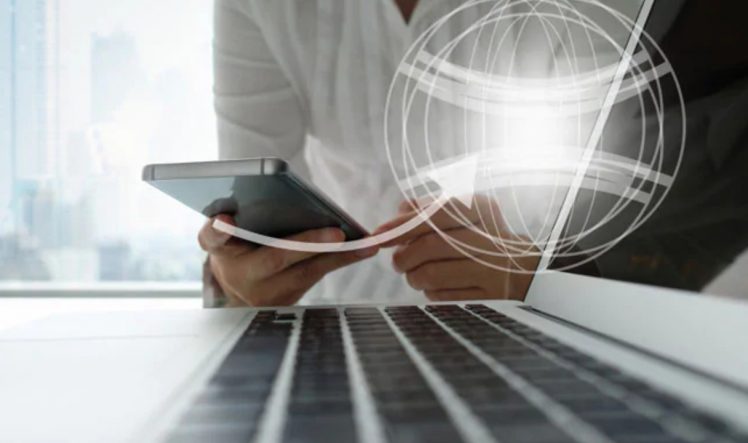
Multimedia Apps and Growing Threat About Data Protection

Although online users increasingly rely on mobile applications for their daily activities and needs, the processing of personal information through these applications poses a significant risk to the security and privacy of users, which results in the risk of data. Sensors stored on mobile devices, the use of various types of identifiers and the ability to extend user tracking, complex mobile application ecosystems, and application developer limitations, as well as expand the use of third-party software and services. For this reason, the basic principles of data protection, as defined in the General Data Protection Regulation (GDPR), constitutes a major challenge for mobile applications. For example, this may affect the compliance of certain GDPR rules by developers and mobile service providers in terms of confidentiality by design and standard and security of processing.
In this context, the purpose of this article is to provide an insight into multimedia apps by analyzing the characteristics of application development, as well as defining relevant best practices.
Mobile app ecosystems have become one of the largest industries in the world. Multimedia applications are still the most used forms of communication and they not only change the way we interact in our personal lives: they are also an important way for businesses to interact with their customers and with some of their services.
The GDPR establishes that the controller is responsible for processing personal data in a secure manner. The interested party also has the right to obtain confirmation of the processing of personal data. In this case, the interested party may request access to personal data, receive information on the processing and request different actions on said data.
However, the controller must also ensure that the means used to satisfy such requests by an interested party do not affect the rights and freedoms of other interested parties.
Data security is facing serious problems in the field of mobile applications. This is due to the complexity of the mobile application ecosystem, and because of this complexity, evaluating the privacy and security features of an application is difficult. It depends not only on application development methods, but also hardware, software, operating systems, protocols, APIs, infrastructure, contracts, etc. Therefore, to achieve a comprehensive approach to protecting data processing for mobile application users, a multi-stakeholder approach is needed to develop common technical standards.
The GDPR considers encryption as one of the main techniques for protecting the processing of personal data in a company. There are apps that meet the requirements of GDPR to provide security tailored to the processing of personal data using an open cryptographic standard.
Finally, there are two fundamental considerations for businesses that have used multimedia applications to interact with and provide services to their customers. The first is to select a multimedia application allowing end-to-end encryption of personal data. This ensures that any data processing activity can be performed without compromising data security.
Secondly, companies must choose applications that give them total control over system security. This is important because the regulator needs more and more access to company data.
Tags:







0 Comments